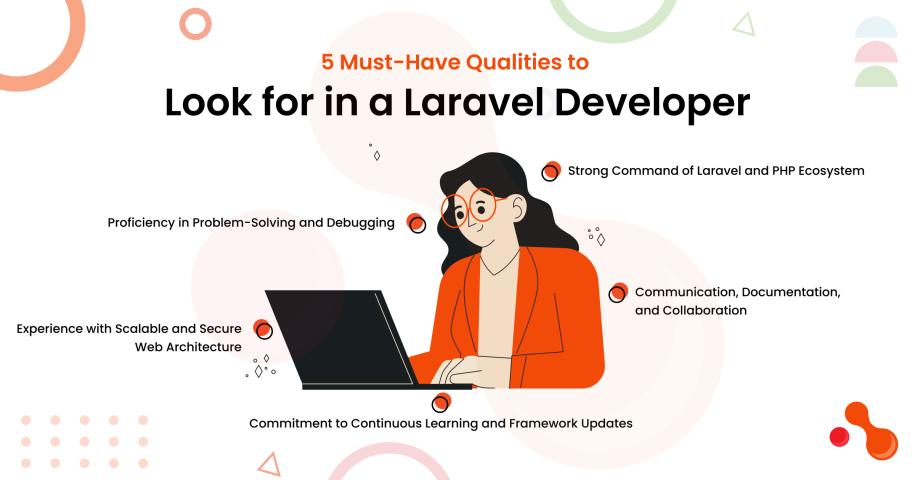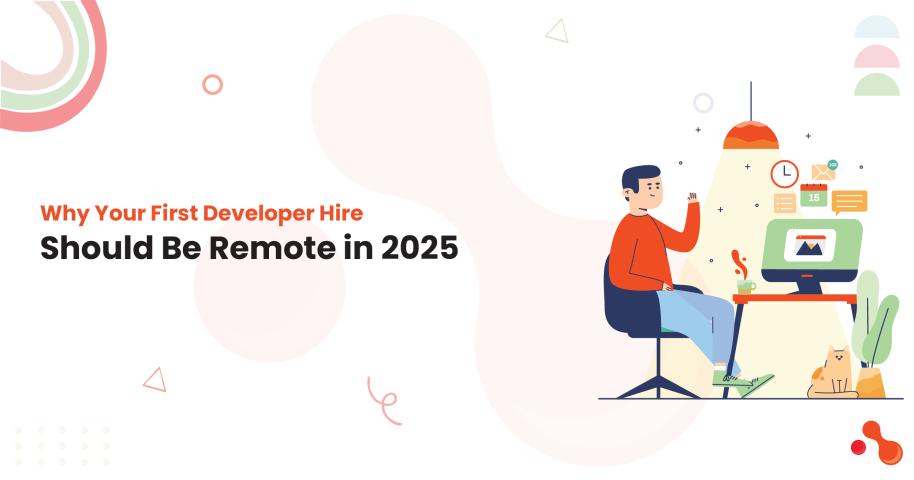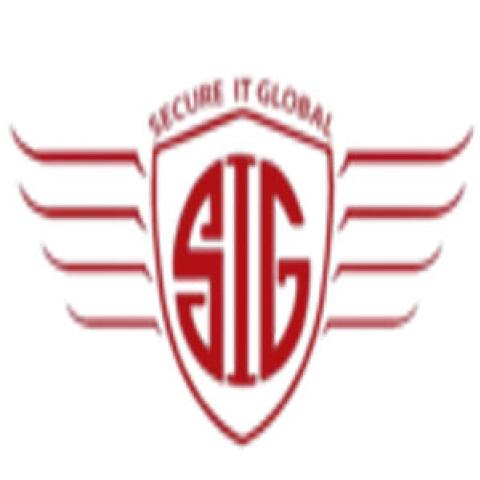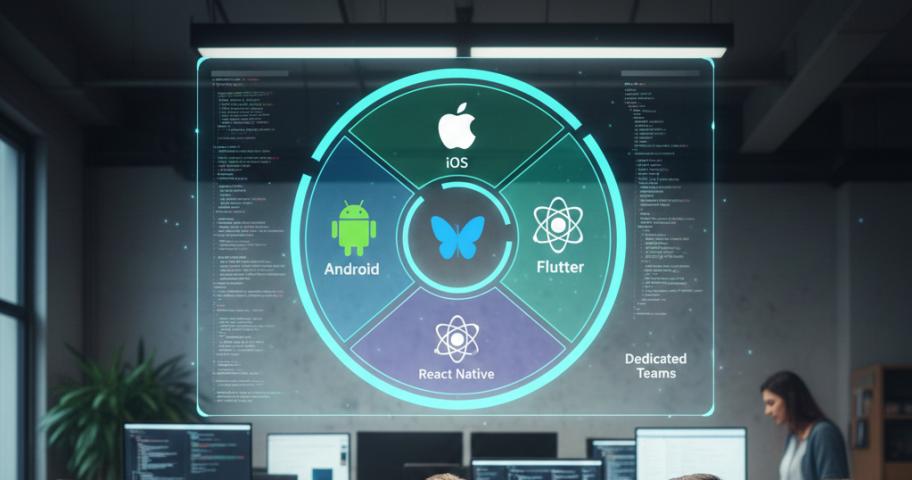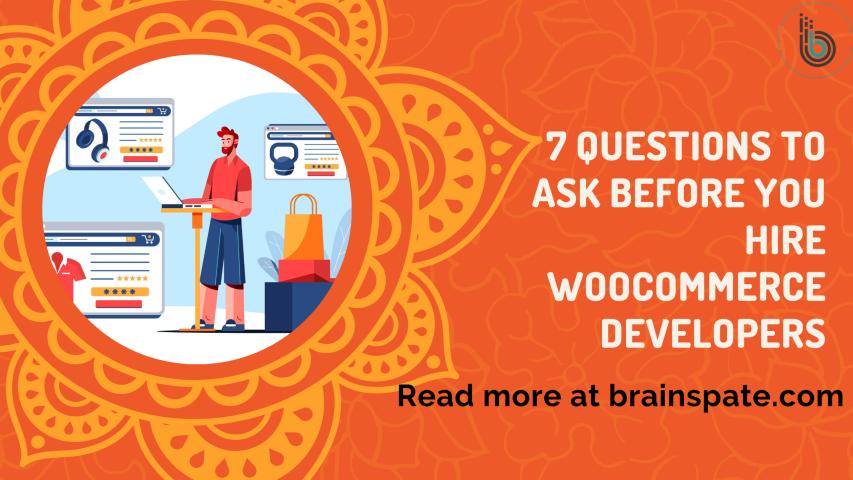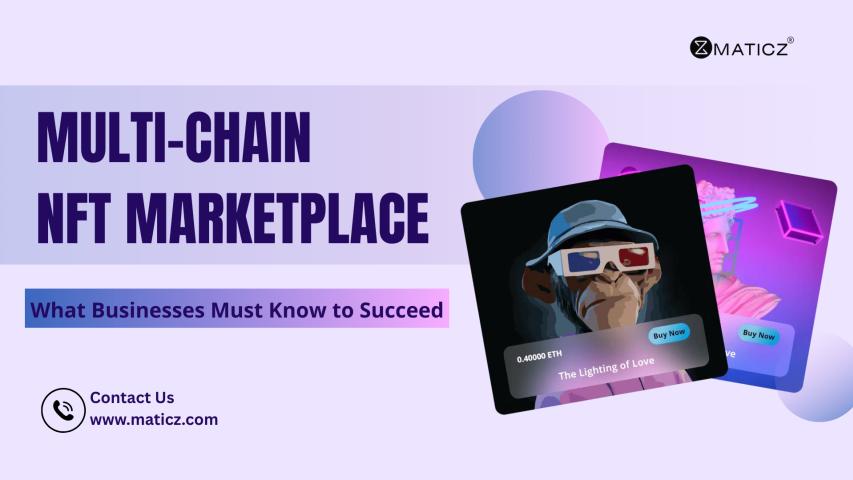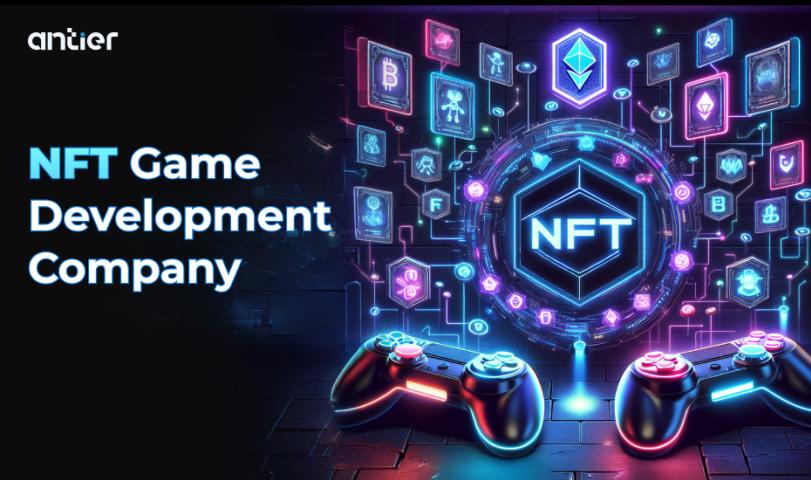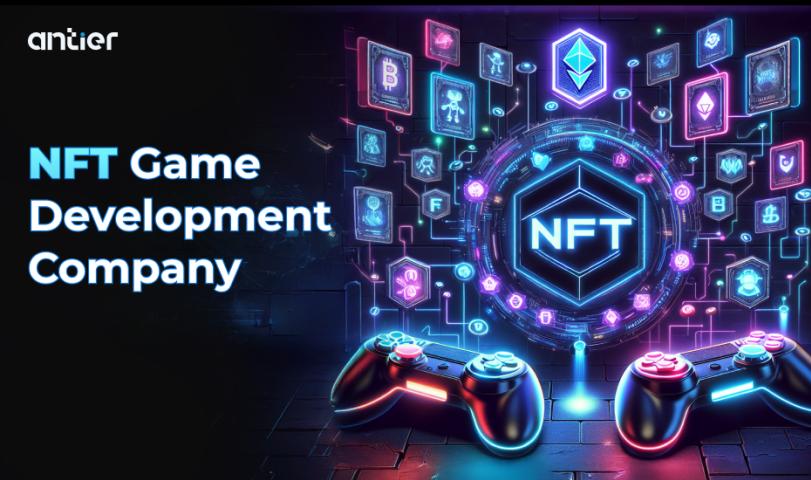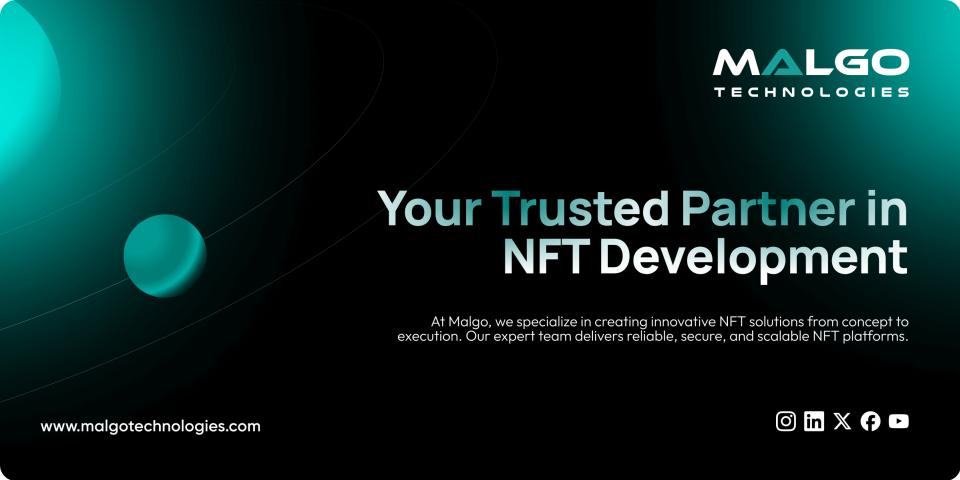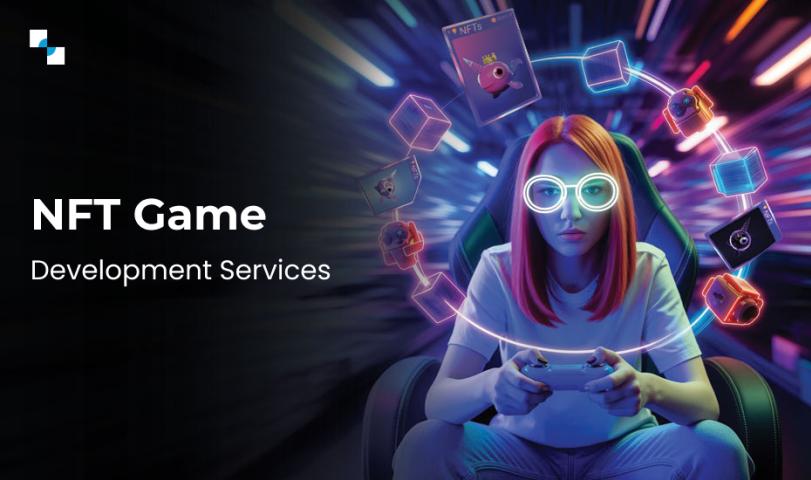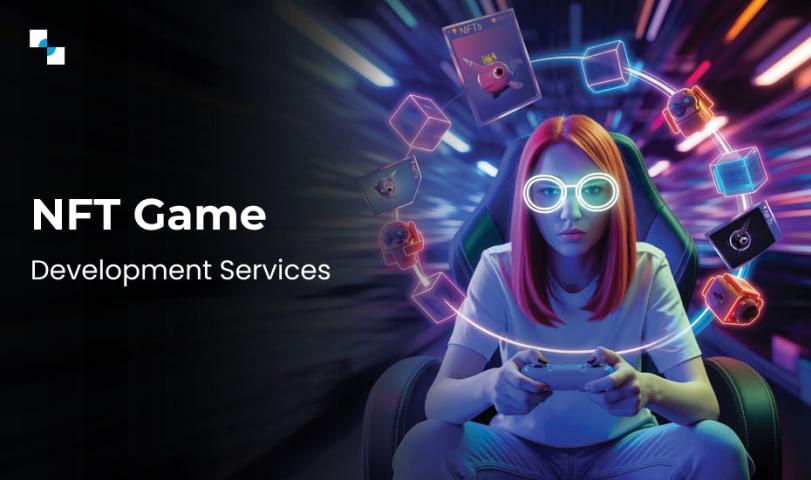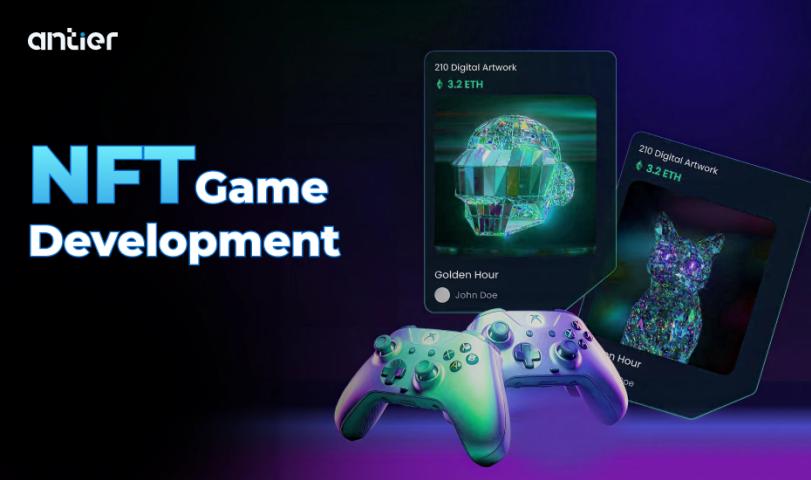So, you’re curious about building your own NFT marketplace? That’s a smart move. NFTs have taken the digital world by storm, offering a unique way to buy, sell, and trade ownership of digital assets. But while launching an NFT marketplace sounds exciting, the actual NFT marketplace development process isn’t just a walk in the park. It involves deep technical knowledge, especially when it comes to blockchain and smart contracts. That’s why working with experienced NFT developers can make all the difference between building something mediocre and launching a thriving, scalable NFT marketplace.
Let’s dive into how to create an NFT marketplace with the help of NFT developers, what you need to consider, and how to make your NFT project a long-term success.
What Is an NFT Marketplace?
An NFT marketplace is a platform where users can mint, buy, sell, or trade NFTs—non-fungible tokens. Think of it as the Amazon or eBay of the digital collectibles world. Whether it’s digital art, virtual real estate, music, or gaming items, anything that can be tokenized can be listed and sold on your NFT marketplace. These NFT marketplaces operate on blockchain technology, which means transactions are transparent, secure, and decentralized.
Why Should You Create an NFT Marketplace Now?
Even though the NFT craze has seen some ups and downs, the underlying technology is here to stay. More industries are starting to adopt NFTs—not just in art and gaming, but also in real estate, fashion, and entertainment. With the growing demand for platforms that allow creators and collectors to interact directly, now’s a perfect time to jump in. Plus, there’s serious revenue potential. NFT marketplaces can make money through commission on sales, listing fees, and offering premium features. The creator economy is booming, and NFT platforms are becoming a key piece of the puzzle.
Core Features of a Successful NFT Marketplace
Before starting NFT marketplace development, you need to understand what features will make your NFT marketplace not just functional, but appealing to users.
First, the storefront should be user-friendly. It’s the first impression users get, so it needs to be clean, intuitive, and visually attractive. Think easy navigation, powerful search options, and filters to help users explore the NFTs they’re interested in.
Next, crypto wallet integration is crucial. Users must be able to connect crypto wallets like MetaMask or Trust Wallet to carry out transactions. Without this, the marketplace won’t work.
Smart contract capabilities are another key feature. These are self-executing contracts that handle minting, buying, and selling NFTs without needing a middleman. They ensure that every transaction is trustworthy and tamper-proof.
You’ll also need tools for creators to mint their NFTs. The easier it is for someone to upload a file and turn it into a token, the more content your platform will have.
An effective listing and bidding system is essential. Some NFTs sell at fixed prices, while others go up for auction. Your NFT marketplace should allow both and include features like countdown timers and real-time bid updates.
Don’t forget about royalties. Artists should be able to earn a percentage every time their NFT gets resold. This feature is a huge draw for creators and helps build loyalty.
Step-by-Step: How NFT Developers Build an NFT Marketplace
Now let’s look at how NFT developers bring your vision to life.
The first step is defining your niche. Are you targeting digital art, music, virtual land, or in-game assets? Picking a niche helps tailor the NFT marketplace to a specific audience and gives it a unique identity.
Next, the NFT Marketplace development team chooses the right blockchain. Ethereum is the most well-known, but it’s not the only option. Polygon, Solana, and Binance Smart Chain are also popular choices because they offer lower transaction fees and faster processing times.
Then comes UI/UX design. NFT Developers work closely with designers to create a seamless user experience. Your NFT marketplace needs to look good and feel intuitive—especially for users who may be new to NFTs or crypto.
Once the design is in place, NFT developers move on to smart contract development. These contracts are written in programming languages like Solidity and are deployed on the blockchain. It’s essential that they are thoroughly tested to avoid bugs or vulnerabilities.
After that, the front end and back end are integrated. The front end is what users interact with—buttons, menus, profiles—while the back end handles data storage, user authentication, analytics, and more. Blockchain developers use tools like Web3.js or Ethers.js to connect everything to the smart contracts.
Before the launch, everything is tested. The development team runs quality assurance checks, and security audits, and ensures that wallet integrations work seamlessly.
Finally, the platform is deployed on the main net and goes live. But the work doesn’t end there—ongoing support and maintenance are essential to keep the marketplace running smoothly and securely.
Why You Need Expert NFT Developers?
Sure, you could try building the NFT marketplace yourself using some drag-and-drop tools or templates. But if you’re serious about creating a secure, scalable, and profitable platform, it’s best to bring in the pros.
Experienced NFT developers understand the nuances of blockchain technology. They know how to write efficient smart contracts, avoid common pitfalls, and customize your platform to match your vision. They’ll also make sure your marketplace is protected from common threats like wallet hacks or contract vulnerabilities.
Most importantly, they can help you stand out in a crowded market. Whether it’s by adding unique features like fractional NFTs or enabling multi-chain compatibility, expert developers will give your platform the edge it needs.
Choosing the Right NFT Development Partner
Finding the right NFT marketplace development partner can make or break your project. Start by checking their portfolio. Have they built NFT marketplaces before? Can they show you examples?
Also, look at their blockchain versatility. Can they work across multiple blockchains or are they limited to one ecosystem? You’ll want flexibility, especially if you plan to expand your platform later.
Don’t forget about post-launch support. A good developer won’t disappear once the site is live—they’ll be there to help with updates, scaling, and fixing any bugs that pop up.
Lastly, be sure the pricing is clear. The best developers are transparent about costs and will give you a detailed breakdown before you commit.
Future-Proofing Your NFT Marketplace
Launching your NFT marketplace is just the beginning. To keep users engaged and attract new ones, you’ll need to evolve. Stay on top of NFT trends, update features regularly, and explore advanced options like staking, cross-chain support, or even integrating AI-generated NFTs.
Building a strong community is another key to success. Use platforms like Discord or Twitter to engage with your users, run giveaways, and get feedback.
And don’t underestimate mobile users. If your NFT marketplace isn’t mobile-friendly or doesn’t have an app, you could be missing out on a huge chunk of your audience.
Final Thoughts
Developing an NFT marketplace is a big project hire the NFT developers by your side, it’s achievable. They’ll guide you through the process, build the tech, and help you avoid costly mistakes. More importantly, they’ll turn your idea into something real—something people will use and love.
So if you’re ready to create an NFT marketplace that empowers creators, engages collectors, and taps into the future of digital ownership, it’s time to find your dream team and get started.
FAQs
1. How long does it take to build an NFT marketplace?
The timeline varies based on complexity, but on average it can take between two to six months. If you're adding custom features or multiple blockchain support, expect the longer end.
2. What’s the cost of developing an NFT marketplace?
A basic NFT marketplace might start around $20,000, while a fully customized platform with advanced features can go beyond $100,000.
3. Do I need to understand blockchain to launch an NFT marketplace?
Not necessarily. That’s the beauty of hiring NFT developers—they handle the tech side while you focus on the business and creative vision.
4. Which blockchain should I use for my NFT platform?
Ethereum is popular, but alternatives like Polygon, Solana, or Binance Smart Chain are also great choices depending on your budget and transaction speed needs.
5. Is a mobile app necessary for NFT marketplaces?
It’s not mandatory, but highly recommended. Mobile apps increase accessibility and can help you reach a wider audience.
